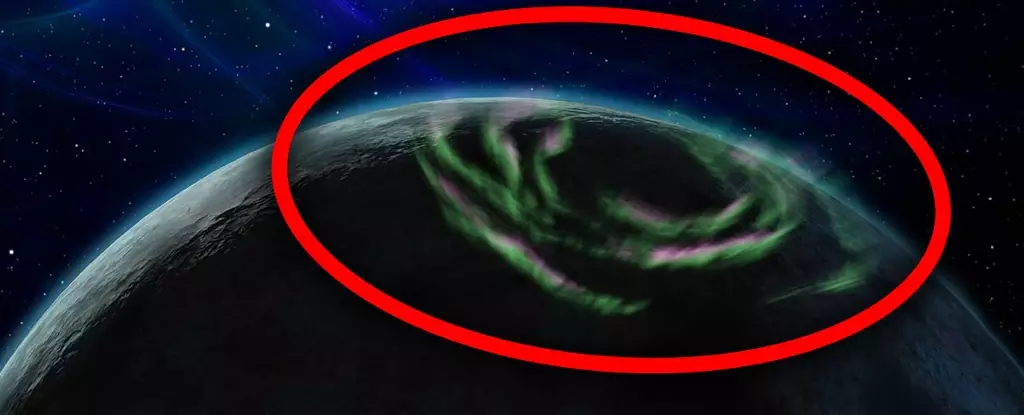The phenomenon of auroras has long fascinated scientists and enthusiasts alike, with their mesmerizing displays of colorful lights. These lights are created when charged particles from the Sun interact with the gas in the Earth’s atmosphere. However, recent research suggests that auroras may not be limited to our planet alone. In fact, scientists now believe that even exoplanets orbiting pulsars, remnants of super massive stars, may exhibit auroral displays. Moreover, these auroras may even be detectable, offering new opportunities for further exploration and understanding of these fascinating celestial bodies.
A pulsar is formed when a super massive star reaches the end of its life and undergoes a violent implosion, causing it to explode and leave behind a rapidly rotating neutron star. As this neutron star spins, it emits a beam of radiation that sweeps across space, earning it the name “pulsar.” These pulsars, despite being the remnants of once massive stars, are relatively small in size but possess immense magnetic fields.
The discovery of exoplanets orbiting pulsars was a significant breakthrough in the field of astronomy. By analyzing the patterns and irregularities in the pulses of radiation emitted by pulsars, astronomers were able to detect the presence of planets orbiting these celestial objects. This discovery opened up new avenues for studying exoplanets and their unique environments.
In a new paper published by a team of Swiss scientists, they explore the possibility of auroral activity on exoplanets around pulsars. By simulating the magnetic interactions between the pulsar and its orbiting planets, the researchers aimed to estimate the amount of electromagnetic radiation emitted. The simulations specifically focused on millisecond pulsars and the potential for detecting radio emissions from the planets orbiting them.
The team’s simulations considered two types of planetary candidates: those without their own magnetic field but possessing conducting surfaces, and those with electrically uncharged surfaces. The density of radio flux emitted by these planets was found to range from 0.1mjy to 30mjy (mill-jansky). Importantly, the frequency of these emissions was determined to be above the plasma absorption level but below the ionosphere blockage level.
Based on the results of their simulations, the team concluded that exoplanets orbiting millisecond pulsars are indeed observable using current radio telescope technology. Instruments such as LOFAR (Low Frequency Array) and the future Square Kilometre Array (SKA) have the necessary sensitivity to detect radio emissions in the range of 0.1mjy to 0.001mjy respectively. Moreover, the researchers believe that these telescopes may also be capable of detecting any potential auroral activity occurring on these exoplanets.
The possibility of observing auroras on exoplanets around pulsars presents an exciting prospect for astronomers. The simulations conducted by the Swiss research team suggest that current radio telescope technology is more than capable of detecting these phenomena. Further exploration of these unique exoplanetary environments could provide valuable insights into the interaction between magnetic fields and planetary atmospheres. As we continue to push the boundaries of our knowledge and technology, more discoveries await, and the mysteries of the universe slowly unfold before us.


Leave a Reply